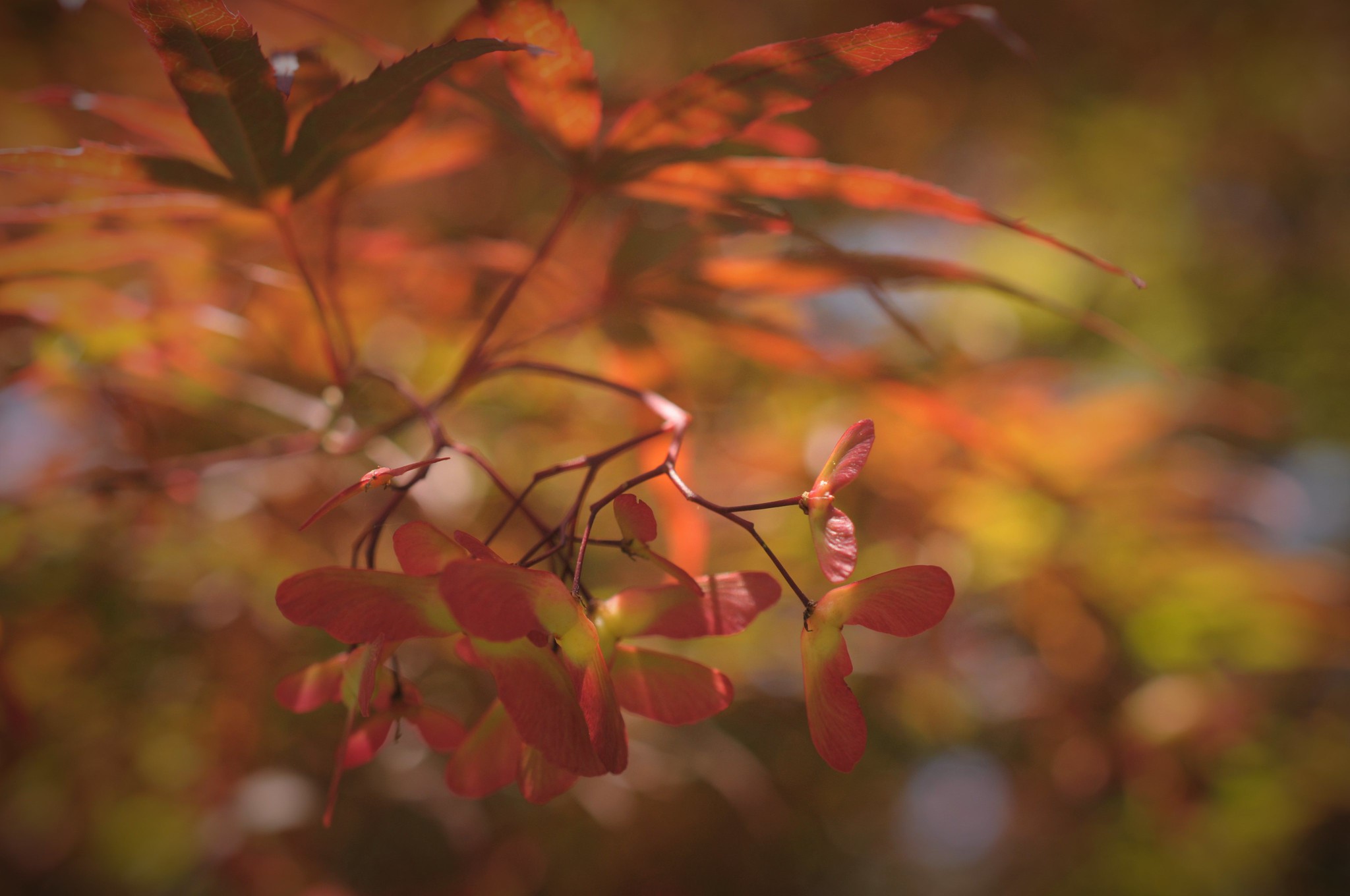 I have mixed feelings about this time of year. On one hand, it betokens the increased obligations and sometimes-draining social interaction of the school year. On the other hand, fall is my favorite season: the leaves are changing color, the weather is getting cooler, and all that social interaction is actually pretty good for my mental health. It seems appropriate to celebrate the autumn equinox and usher in a time of changes both challenging and refreshing.
I have mixed feelings about this time of year. On one hand, it betokens the increased obligations and sometimes-draining social interaction of the school year. On the other hand, fall is my favorite season: the leaves are changing color, the weather is getting cooler, and all that social interaction is actually pretty good for my mental health. It seems appropriate to celebrate the autumn equinox and usher in a time of changes both challenging and refreshing.
Mabon is the autumn equinox, which is when the sun appears to rise due east and set due west when observed from the equator. On the equinox, the equator is the closest part of Earth to the sun. After the autumn equinox in September, the northern hemisphere starts to tip away from the sun, which results in shorter days and cooler temperatures. The autumn equinox marks the end of summer and the beginning of fall. Although the term “equinox” means “equal night,” we don’t actually have exactly twelve hours of day and twelve hours of night on the equinox; it’s pretty close, though. (Equilux, or “equal day,” when there are exactly twelve hours of daylight, occurs after the equinox.) Where I live, the equinox occurred at 3:50 AM on September 23.
The name Mabon appears only once in historical literature: in the Welsh tale of Culhwch and Olwen in the Mabinogion, a collection of Welsh stories first written down in the Middle Ages. In the Mabinogion, Mabon is a person, not a holiday. The name “Mabon” became attached to modern Pagan celebrations in 1974, when Aidan Kelly proposed it in an effort to associate the autumn equinox with a myth he felt was similar to that of Kore and the spring equinox. Not all Pagans like or use the name Mabon, but it seems to be the best-known name for the holiday as distinct from the astronomical phenomenon. Other names for Mabon include Harvest Home (a name for September harvest festivals dating back to the 1500s), the Feast of Ingathering, Meán Fómhair, and Alban Elfed. There is no evidence that the autumn equinox was celebrated as part of any historical pagan tradition, but it is commonly celebrated by modern Pagans as part of the eightfold Wheel of the Year.
Modern Pagans who celebrate the autumn equinox acknowledge it as “the witch’s Thanksgiving.” It’s a time for gratitude, generosity, reflection, and acceptance of the gifts of the harvest—agricultural and/or spiritual—that follows a season of hard work. Many acknowledge the interplay of dark and light in the natural world and in the metaphorical realm of one’s spiritual life. Some prepare for the darker days of Samhain and Yule by making sure the head and heart are in balance, engaging in shadow work, and creating self-care routines to sustain them as days get shorter and schedules busier. Some cleanse their homes of negative energy, work on repairing or maintaining relationships, get rid of objects and habits they don’t need, and generally reset for the coming darkness. It’s a good time to take stock of the year thus far and make plans for the rest of the year to come. Mabon can embody “back to school” if that feels appropriate: some of us literally go back to school or send kids back to school, and others choose to take a class or learn a new skill. Because Mabon is a harvest festival and a time to acknowledge the bounty of the land, it’s a good time to donate to food banks or otherwise assist those who might not be experiencing abundance.
My Mabon celebration was low-key. It actually doubled as a birthday celebration for my partner, who was born September 9 but wasn’t available to celebrate until later in the month. We made a special fall-themed dinner: chicken and apple stew with homemade apple pie for dessert. After dinner, we went for a walk in a local park—the same park where I observed the summer solstice—and spent some time basking in nature: feeling the cool evening air on our skin, looking at the autumn blooms of goldenrod and aster, and listening to the last of the summer crickets. We found a giant, ancient white oak tree with a magical presence and spent time in its company: touching it, climbing it, looking at its leaves, and trying to wrap our arms around it (the two of us together could only reach about halfway around). I’m glad I got to experience the company of this special tree. Although I didn’t go all-out for the autumn equinox, my celebration left me feeling content.
As the days get shorter and the weather colder, I’ve decided to focus on shadow work (which I will cover in a future post). I’ve been learning about what shadow work is—its history and theoretical underpinnings—as well as how it’s viewed and practiced in a Pagan sense. I’ve started engaging my own shadow: listening to it, challenging it, and asking it how we might work together to make meaningful change in my life. I hope it will be a fruitful process.
Comments
Post a Comment